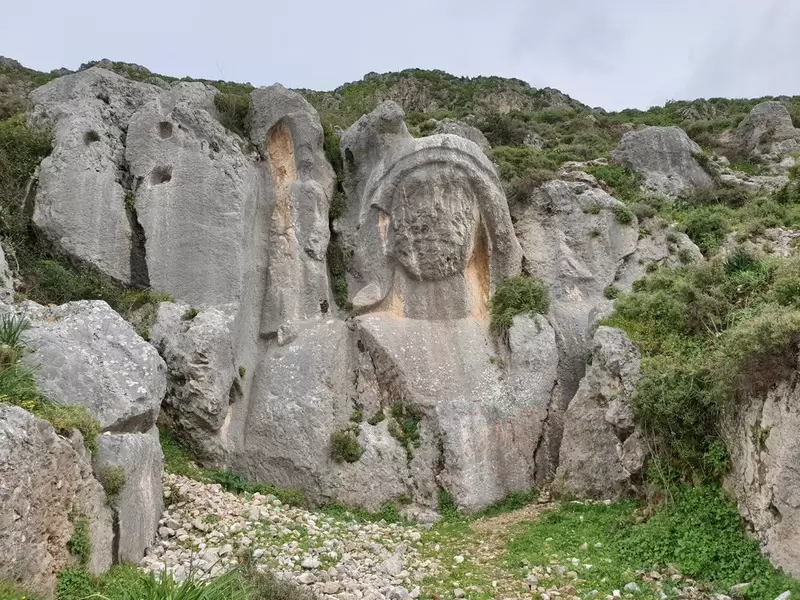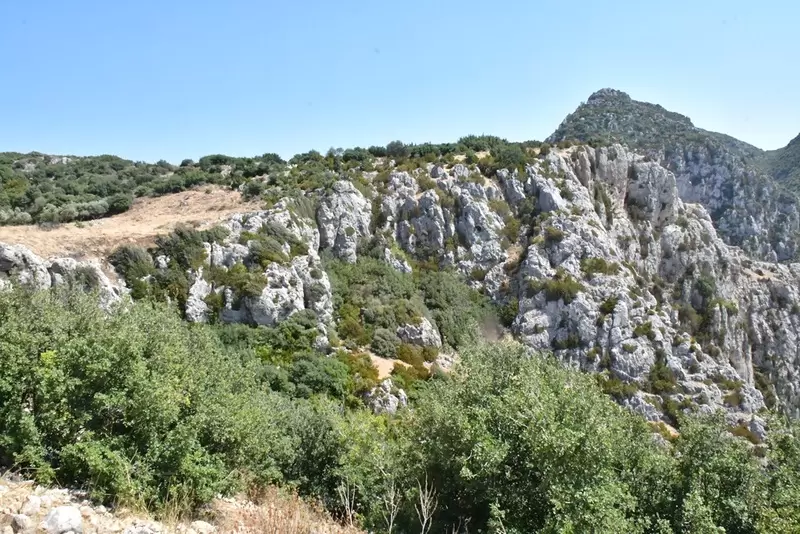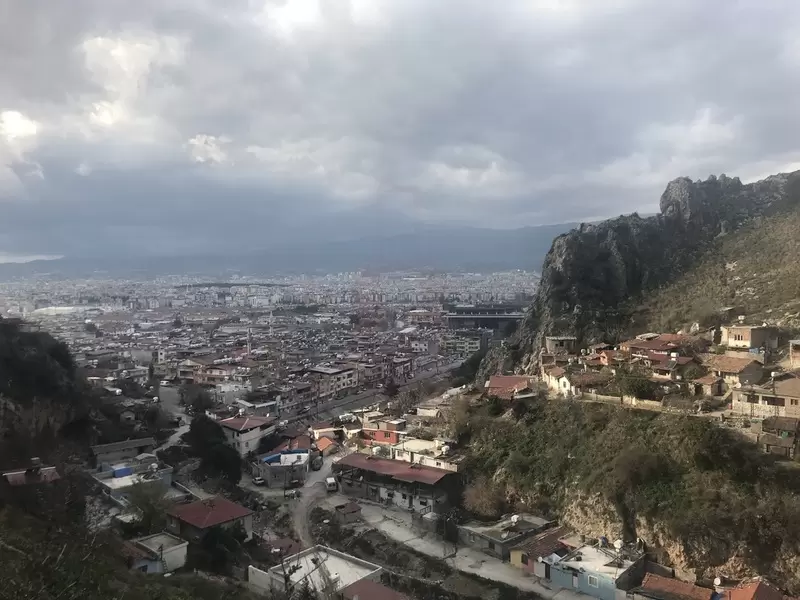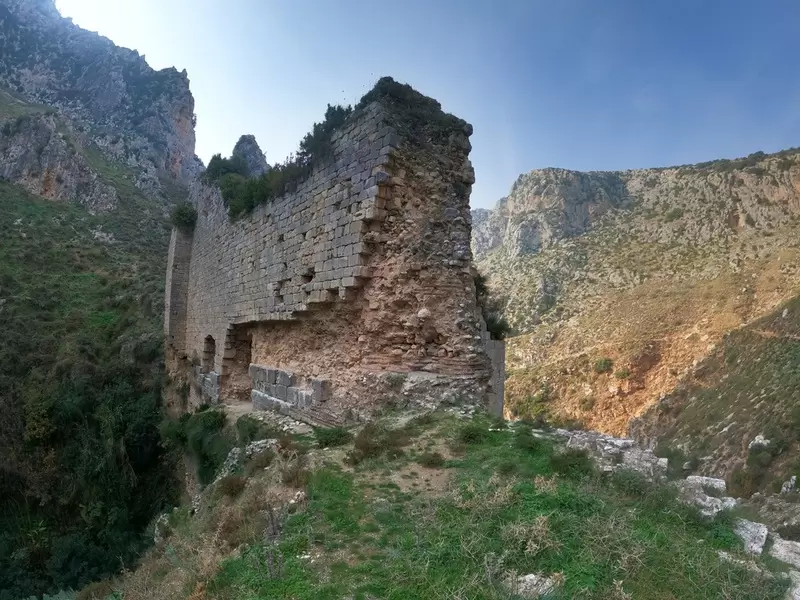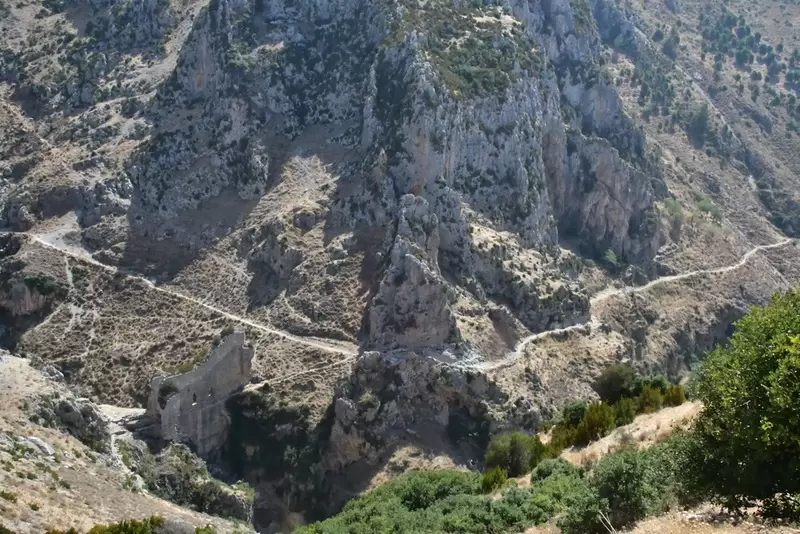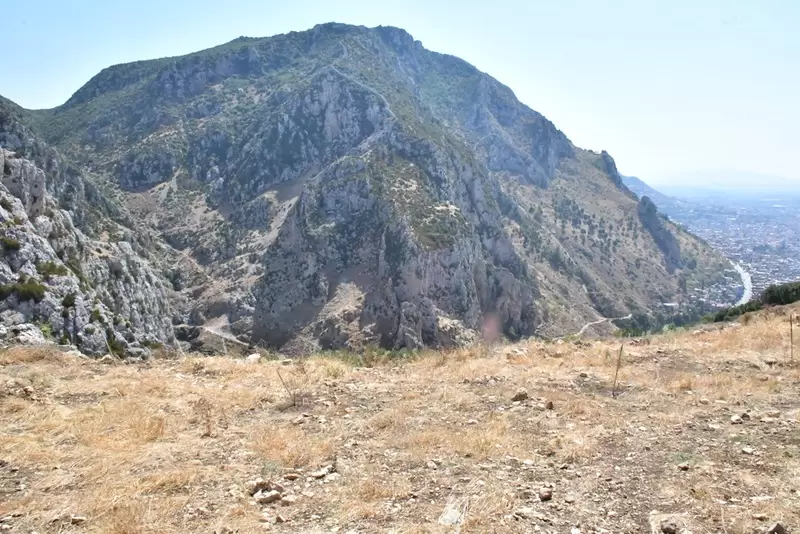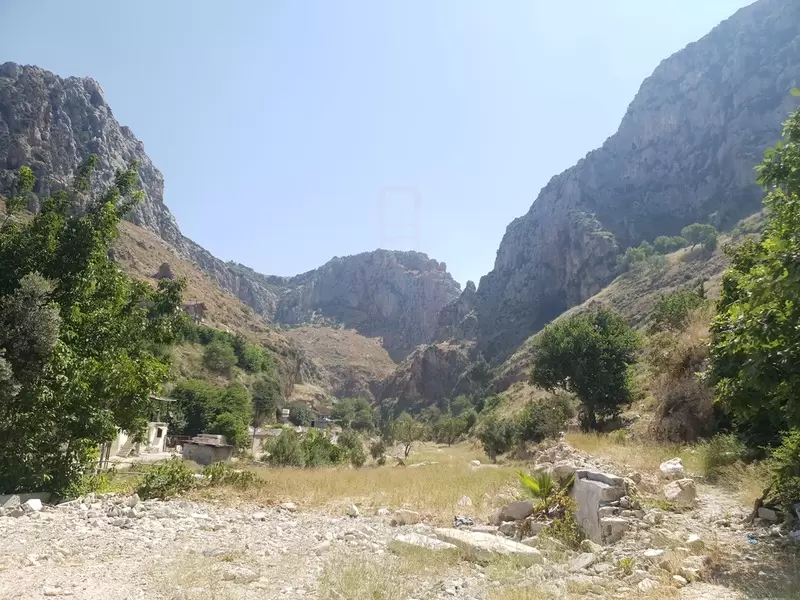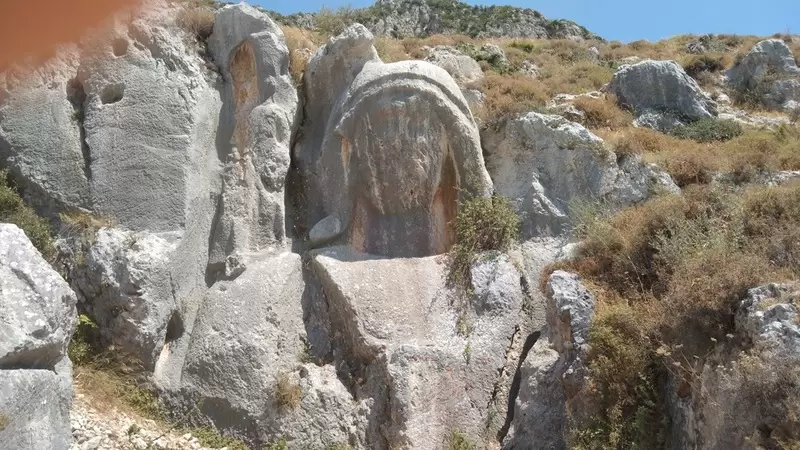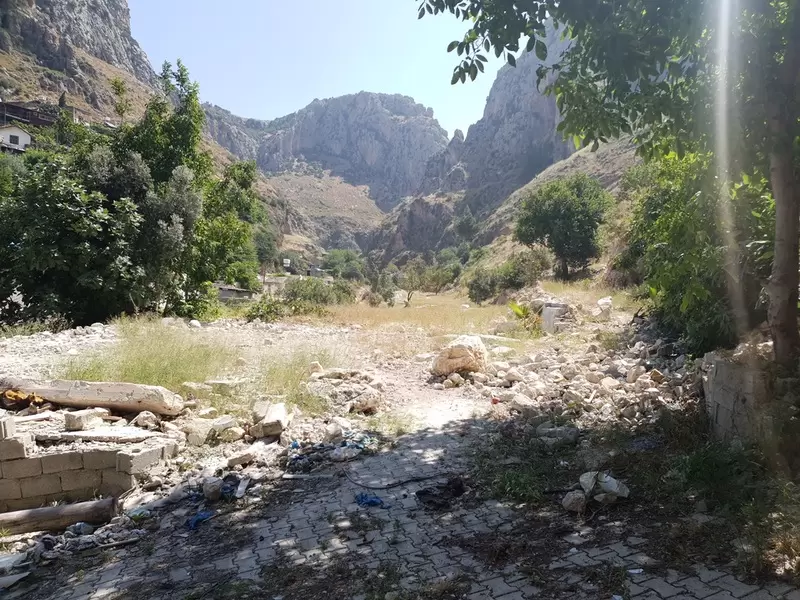
Welcome to Antioch Ancient City! Located in present-day Turkey, near the city of Antakya, Antioch was one of the most significant cities in the ancient world. It played a crucial role in the Hellenistic, Roman, and Byzantine periods, and its rich history and cultural heritage make it a fascinating destination for travelers and history enthusiasts.
Historical Background:
Founded in 300 BCE by Seleucus I Nicator, one of Alexander the Great's
generals, Antioch quickly became a major center of Hellenistic culture.
It served as the capital of the Seleucid Empire and later became an
important city in the Roman Empire. Antioch was renowned for its
cosmopolitan population, vibrant trade, and intellectual life.
Archaeological Highlights:
Exploring Antioch Ancient City allows you to witness the remnants of its
illustrious past. Here are some notable features and structures:
-
City Walls: The city was protected by impressive fortifications and encompassed a large area. Although much of the original walls have been lost, you can still see some sections and gates that provide insight into the city's defensive structures.
-
Roman Theater: One of the highlights of Antioch is its well-preserved Roman theater. Built during the 2nd century CE, the theater could accommodate up to 20,000 spectators. It is a testament to the city's cultural and artistic achievements, and its architectural details are remarkable.
-
Mosaics: Antioch was known for its exquisite mosaic art. Several mosaic floors have been discovered in the city, displaying intricate designs and vibrant colors. The Hatay Archaeology Museum in Antakya houses a rich collection of these mosaics, offering a closer look at the artistic craftsmanship of the time.
-
St. Peter's Church: Antioch was an important center of early Christianity, and St. Peter's Church is believed to be one of the earliest Christian churches in the world. This historical and religious site holds significance for Christians, and its ruins are a testament to the early presence of Christianity in Antioch.
-
The Cave Church of St. Peter: Located outside the city walls, this ancient church is built into a natural cave and is associated with the Apostle Peter. It is a place of pilgrimage and offers visitors a unique glimpse into the early Christian history of Antioch.
Visiting Tips:
- Wear comfortable shoes suitable for walking on uneven terrain, as the site may involve some rough paths and scattered ruins.
- Bring water, sunscreen, and a hat, as shade may be limited.
- Consider visiting the Hatay Archaeology Museum in Antakya to view the collection of artifacts and mosaics from Antioch.
Nearby Attractions:
While visiting Antioch Ancient City, you may also explore other nearby
attractions. Antakya, the modern city that surrounds the ancient site,
offers a vibrant bazaar, traditional Turkish cuisine, and the chance to
experience local culture. The nearby Hatay region is known for its rich
history, diverse cuisine, and natural beauty, including the stunning
landscapes of the Nur Mountains and the ancient city of Seleucia Pieria.
In conclusion, a visit to Antioch Ancient City allows you to step back in time and discover the remnants of a once-great city. The theater, city walls, mosaics, and religious sites offer a glimpse into the grandeur and cultural importance of Antioch. Immerse yourself in history as you explore the captivating ruins of this ancient city.
Please note that archaeological sites are subject to ongoing research, restoration, and accessibility may vary. It's advisable to check for the latest information and guidelines from official sources before planning your visit.
